Water Desalination & RO
Filmtec Membranes Water Chemistry and Pretreatment: Feedwater Type and Analysis
Views : 7
Filmtec Membranes Water Chemistry and Pretreatment: Feedwater Type and Analysis
Source https://www.dow.com/en-us.html
Usually dispatched in 2 to 3 days
Usually dispatched in 2 to 3 days
Category:
Water Desalination & RO
Only logged in customers who have purchased this product may leave a review.
Related books
Advanced Reverse Osmosis System Design
Overview of Advanced RO Design
• RO system design guideline variables
• Drivers for RO system configuration selection
• Principles and benefits of RO array flux balancing
• Array selection criteria to achieve permeate quality target
• Energy recovery
Advanced Reverse Osmosis System Design
Overview of Advanced RO Design
• RO system design guideline variables
• Drivers for RO system configuration selection
• Principles and benefits of RO array flux balancing
• Array selection criteria to achieve permeate quality target
• Energy recovery
Concentrating Solar Power For Seawater Desalination
Introduction:
The general perception of “solar desalination” today comprises only small scale technologies for decentralized water supply in remote places, which may be quite important for the development of rural areas, but do not address the increasing water deficits of the quickly growing urban centers of demand. Conventional large scale desalination is perceived as expensive, energy consuming and limited to rich countries like those of the Arabian Gulf, especially in view of the quickly escalating cost of fossil fuels like oil, natural gas and coal. The environmental impacts of large scale desalination due to airborne emissions of pollutants from energy consumption and to the discharge of brine and chemical additives to the sea are increasingly considered as critical. For those reasons, most contemporary strategies against a “Global Water Crisis” consider seawater desalination only as a marginal element of supply. The focus of most recommendations lies on more efficient use of water, better accountability, re-use of waste water, enhanced distribution and advanced irrigation systems. To this adds the recommendation to reduce agriculture and rather import food from other places. On the other hand, most sources that do recommend seawater desalination as part of a solution to the water crisis usually propose nuclear fission and fusion as indispensable option.
Concentrating Solar Power For Seawater Desalination
Introduction:
The general perception of “solar desalination” today comprises only small scale technologies for decentralized water supply in remote places, which may be quite important for the development of rural areas, but do not address the increasing water deficits of the quickly growing urban centers of demand. Conventional large scale desalination is perceived as expensive, energy consuming and limited to rich countries like those of the Arabian Gulf, especially in view of the quickly escalating cost of fossil fuels like oil, natural gas and coal. The environmental impacts of large scale desalination due to airborne emissions of pollutants from energy consumption and to the discharge of brine and chemical additives to the sea are increasingly considered as critical. For those reasons, most contemporary strategies against a “Global Water Crisis” consider seawater desalination only as a marginal element of supply. The focus of most recommendations lies on more efficient use of water, better accountability, re-use of waste water, enhanced distribution and advanced irrigation systems. To this adds the recommendation to reduce agriculture and rather import food from other places. On the other hand, most sources that do recommend seawater desalination as part of a solution to the water crisis usually propose nuclear fission and fusion as indispensable option.
Desalination In Water Treatment And Sustainability
ABSTRACT:
The purpose of this Bachelor’s thesis was to introduce different desalination technologies in solving water scarcity in countries where access to safe drinking water is limited, due to increasing population growth, industrial activities and agriculture. This thesis covers and explains different desalination technologies in dealing with water problems in different countries and the best suitable methods. The thesis was commissioned by HAMK University of Applied Sciences.
The thesis also focuses on the Economic and Social Commission for West Asia (ESCWA) member countries were access to water is limited due to scanty rainfall and dry lands. Desalination technology has played a significant role in solving their water scarcity in the region leading to sustainable development. A case study of Taweelah power and desalination plant in Abu Dhabi was explained providing detailed information. As a conclusion, it can be stated that desalination in water treatment and sustainability is a significant factor in the world today, because the future of water supply requires adequate sustainability to be able to effectively supply and support the world’s increasing population. For the Taweelah power and desalination plant project, a suitable re-design of the intakes and outfall layout should be adjusted. The outfall can be an offshore pipeline instead of its location onshore.
Desalination In Water Treatment And Sustainability
ABSTRACT:
The purpose of this Bachelor’s thesis was to introduce different desalination technologies in solving water scarcity in countries where access to safe drinking water is limited, due to increasing population growth, industrial activities and agriculture. This thesis covers and explains different desalination technologies in dealing with water problems in different countries and the best suitable methods. The thesis was commissioned by HAMK University of Applied Sciences.
The thesis also focuses on the Economic and Social Commission for West Asia (ESCWA) member countries were access to water is limited due to scanty rainfall and dry lands. Desalination technology has played a significant role in solving their water scarcity in the region leading to sustainable development. A case study of Taweelah power and desalination plant in Abu Dhabi was explained providing detailed information. As a conclusion, it can be stated that desalination in water treatment and sustainability is a significant factor in the world today, because the future of water supply requires adequate sustainability to be able to effectively supply and support the world’s increasing population. For the Taweelah power and desalination plant project, a suitable re-design of the intakes and outfall layout should be adjusted. The outfall can be an offshore pipeline instead of its location onshore.
Desalination As An Alternative To Alleviate Water Scarcity And a Climate Change Adaptation Option In The MENA Region
This report has been prepared by Dr. Jauad El Kharraz at MEDRC with the support of Eng. Ayisha Al-Hinaai, Eng. Riadh Dridi, Ms. Elsa Andrews, Ms. Jackie Allison, and Eng. Georges Geha. This study was peer reviewed by three international experts. We would like to thank them for their reviewing work
Desalination As An Alternative To Alleviate Water Scarcity And a Climate Change Adaptation Option In The MENA Region
This report has been prepared by Dr. Jauad El Kharraz at MEDRC with the support of Eng. Ayisha Al-Hinaai, Eng. Riadh Dridi, Ms. Elsa Andrews, Ms. Jackie Allison, and Eng. Georges Geha. This study was peer reviewed by three international experts. We would like to thank them for their reviewing work
A Primer On Brackish And Seawater Desalination
Abstract: This publication was produced as an activity of the Texas Living Waters Project. This project
is a collaborative effort of the National Wildlife Federation, Environmental Defense, and the Lone
Star Chapter of the Sierra Club. The goals of the project are to 1) ensure adequate water for people
and environmental needs, 2) reduce future demand for water and foster efficient and sustainable use
of current water supplies, 3) educate the public and decision makers about the impact of wasteful
water use and the opportunities for water conservation, and 4) involve citizens in the decision
making process for water management.
A Primer On Brackish And Seawater Desalination
Abstract: This publication was produced as an activity of the Texas Living Waters Project. This project
is a collaborative effort of the National Wildlife Federation, Environmental Defense, and the Lone
Star Chapter of the Sierra Club. The goals of the project are to 1) ensure adequate water for people
and environmental needs, 2) reduce future demand for water and foster efficient and sustainable use
of current water supplies, 3) educate the public and decision makers about the impact of wasteful
water use and the opportunities for water conservation, and 4) involve citizens in the decision
making process for water management.
Desalination & Water Purification Technologies
Introduction:
The world’s water consumption rate is doubling every 20 years, outpacing by two times the rate of population growth. The availability of good quality water is on the decline and water demand is on the rise. Worldwide availability of fresh water for industrial needs and human consumption is limited.
Various industrial and developmental activities in recent times have resulted in increasing the pollution level and deteriorating the water quality. Water shortages and unreliable water quality are considered major obstacles to achieve sustainable development and improvement in the quality of life. The water
demand in the country is increasing fast due to progressive increase in the demand of water for irrigation, rapid industrialization, and population growth and improving life standards. The existing water resources are diminishing (i) due to unequal distribution of rain water and occasional drought, (ii) excessive exploitation of ground water sources and its insufficient recharge, (iii) deterioration of water quality due to the discharge of domestic and industrial effluents without adequate treatment. This is resulting into water stress/ scarcity. Country is currently passing through social and economic transition.
The proportion of the population which is urban has doubled over the last thirty years (and is now about 30%), agriculture now accounts for about 25% of GDP and the economy has been growing at around 7-9% a year. Country has a highly seasonal pattern of rainfall, with 50% of precipitation falling
in just 15 days and over 90% of river flows in just four months
Desalination & Water Purification Technologies
Introduction:
The world’s water consumption rate is doubling every 20 years, outpacing by two times the rate of population growth. The availability of good quality water is on the decline and water demand is on the rise. Worldwide availability of fresh water for industrial needs and human consumption is limited.
Various industrial and developmental activities in recent times have resulted in increasing the pollution level and deteriorating the water quality. Water shortages and unreliable water quality are considered major obstacles to achieve sustainable development and improvement in the quality of life. The water
demand in the country is increasing fast due to progressive increase in the demand of water for irrigation, rapid industrialization, and population growth and improving life standards. The existing water resources are diminishing (i) due to unequal distribution of rain water and occasional drought, (ii) excessive exploitation of ground water sources and its insufficient recharge, (iii) deterioration of water quality due to the discharge of domestic and industrial effluents without adequate treatment. This is resulting into water stress/ scarcity. Country is currently passing through social and economic transition.
The proportion of the population which is urban has doubled over the last thirty years (and is now about 30%), agriculture now accounts for about 25% of GDP and the economy has been growing at around 7-9% a year. Country has a highly seasonal pattern of rainfall, with 50% of precipitation falling
in just 15 days and over 90% of river flows in just four months
Desalination Plant Basis Of Design
Overview:
The project potable water requirements will be provided using single desalination plant with the Grand Bahama Port Authority water supply serving as the backup source. The overall desalination treatment process will consist of feedwater pumping, bag filtration, optional media filtration, the addition of a scale
inhibitor, cartridge filtration, membrane separation, forced air degasification, re-pumping, and post treatment. Provisions have been included to bypass the post treatment systems for the production of irrigation water. The post aeration re-pump station will be designed to transfer either type of water to the
appropriate storage tanks located within the project. Membrane concentrate will be disposed via an injection well to be constructed as part of this project.
The desalination process will consist of a dual treatment units or “trains” each equipped with a positive displacement axial piston first pass membrane feed pump, first pass membrane array, energy recovery system, second pass membrane feed pump, second pass membrane array, high- and low-pressure
piping and instrumentation. The second pass system is designed to treat up to 60 percent of the first pass permeate. A membrane cleaning/flush system will be provided. The membrane post treatment will be designed to receive the flow from both units and consists of a forced air degasified, repumping, recarbonation, calcium carbonate up flow contactors to boost finished water hardness and alkalinity concentrations; and three chemical feed systems for the metering of a corrosion inhibitor, dilute hydrochloric acid for pH adjustment and sodium hypochlorite for residual disinfection. The final pH and chlorine residual will be controlled and recorded by a separate system. The following sections describe the various aspects of the facility in greater detail. Process flow
schematics are presented in Appendix A.
Desalination Plant Basis Of Design
Overview:
The project potable water requirements will be provided using single desalination plant with the Grand Bahama Port Authority water supply serving as the backup source. The overall desalination treatment process will consist of feedwater pumping, bag filtration, optional media filtration, the addition of a scale
inhibitor, cartridge filtration, membrane separation, forced air degasification, re-pumping, and post treatment. Provisions have been included to bypass the post treatment systems for the production of irrigation water. The post aeration re-pump station will be designed to transfer either type of water to the
appropriate storage tanks located within the project. Membrane concentrate will be disposed via an injection well to be constructed as part of this project.
The desalination process will consist of a dual treatment units or “trains” each equipped with a positive displacement axial piston first pass membrane feed pump, first pass membrane array, energy recovery system, second pass membrane feed pump, second pass membrane array, high- and low-pressure
piping and instrumentation. The second pass system is designed to treat up to 60 percent of the first pass permeate. A membrane cleaning/flush system will be provided. The membrane post treatment will be designed to receive the flow from both units and consists of a forced air degasified, repumping, recarbonation, calcium carbonate up flow contactors to boost finished water hardness and alkalinity concentrations; and three chemical feed systems for the metering of a corrosion inhibitor, dilute hydrochloric acid for pH adjustment and sodium hypochlorite for residual disinfection. The final pH and chlorine residual will be controlled and recorded by a separate system. The following sections describe the various aspects of the facility in greater detail. Process flow
schematics are presented in Appendix A.
Desalination For Safe Water Supply
Preface:
Access to sufficient quantities of safe water for drinking and domestic uses and also for commercial and industrial applications is critical to health and well being, and the opportunity to achieve human and economic development. People in many areas of the world have historically suffered from inadequate access to safe water. Some must walk long distances just to obtain sufficient water to sustain life. As a result they have had to endure health consequences and have not had the opportunity to develop their resources and capabilities to achieve major improvements in their well being. With growth of world population the availability of the limited quantities of fresh water decreases. Desalination technologies were introduced about 50 years ago at and were able to expand access to water, but at high cost. Developments of new and improved technologies have now significantly broadened the opportunities to access major quantities of safe water in many parts of the world. Costs are still significant but there has been a reducing cost trend, and the option is much more widely available. When the alternative is no water or inadequate water greater cost may be endurable in many circumstances.
Desalination For Safe Water Supply
Preface:
Access to sufficient quantities of safe water for drinking and domestic uses and also for commercial and industrial applications is critical to health and well being, and the opportunity to achieve human and economic development. People in many areas of the world have historically suffered from inadequate access to safe water. Some must walk long distances just to obtain sufficient water to sustain life. As a result they have had to endure health consequences and have not had the opportunity to develop their resources and capabilities to achieve major improvements in their well being. With growth of world population the availability of the limited quantities of fresh water decreases. Desalination technologies were introduced about 50 years ago at and were able to expand access to water, but at high cost. Developments of new and improved technologies have now significantly broadened the opportunities to access major quantities of safe water in many parts of the world. Costs are still significant but there has been a reducing cost trend, and the option is much more widely available. When the alternative is no water or inadequate water greater cost may be endurable in many circumstances.
Cleaning Procedures for Composite Polyamide RO Membrane Elements
Note: The Composite Polyamide type of RO membrane elements may not be
exposed to chlorinated water under any circumstances. Any such exposure may
cause irreparable damage to the membrane. Absolute care must be taken
following any disinfection of piping or equipment or the preparation of cleaning or
storage solutions to ensure that no trace of chlorine is present in the feedwater to
the RO membrane elements. If there is any doubt about the presence of chlorine,
perform chemical testing. Neutralize any chlorine residual with a sodium bisulfite
solution, and ensure adequate mixing and contact time to accomplish complete
dechlorination. Dosing rate is 1.8 to 3.0 ppm sodium bisulfite per 1.0 ppm of free
chlorine
Cleaning Procedures for Composite Polyamide RO Membrane Elements
Note: The Composite Polyamide type of RO membrane elements may not be
exposed to chlorinated water under any circumstances. Any such exposure may
cause irreparable damage to the membrane. Absolute care must be taken
following any disinfection of piping or equipment or the preparation of cleaning or
storage solutions to ensure that no trace of chlorine is present in the feedwater to
the RO membrane elements. If there is any doubt about the presence of chlorine,
perform chemical testing. Neutralize any chlorine residual with a sodium bisulfite
solution, and ensure adequate mixing and contact time to accomplish complete
dechlorination. Dosing rate is 1.8 to 3.0 ppm sodium bisulfite per 1.0 ppm of free
chlorine
Desalination Needs and Appropriate technology
Abstract
This study investigates the desalination needs and available technologies in Sri Lanka. Lack of rainfall, pollution due to agricultural chemicals, presence of fluoride, increasing demand, exploitation of ground water and brackishness have created scarcity of fresh pure water specially in near costal and dry zones in Sri Lanka. Due to Chronic Kidney Disease (CKD) around 500 people died in dry zones annually which is suspected to cause by Arsenic and Cadmium contain
in ground water due to agriculture chemicals. The available desalination methods are Reverse Osmosis (RO), Solar distillation and conventional methods. The cost for RO is Rs.0.10 cents per liter and solar distillation Rs.2.96 per liter. Although the price shows that the RO is better but due to high initial investment as a
third world country it is very difficult to afford huge initial investment without government intervention. The experimental solar desalination units only produce nearly 5liters of potable water per day and directly impacted by availability of solar radiation.
The energy availability of Sri Lanka and future potable water demand predicted as 2188.3 Mn liters as maximum demand which will be in 2030, therefore by that time the government should have a proper plan to cater the demand and desalination plants need to be planned and built based on the demand of dry zones and specially agriculture areas. The applicability of renewable energy for desalination in local arena was also simulated taking the Delft Reverse Osmosis plant for the simulation. Results show that the optimum design is combination of Solar PV and existing 100kW Diesel generator Set with Battery bank and
converter.
Desalination Needs and Appropriate technology
Abstract
This study investigates the desalination needs and available technologies in Sri Lanka. Lack of rainfall, pollution due to agricultural chemicals, presence of fluoride, increasing demand, exploitation of ground water and brackishness have created scarcity of fresh pure water specially in near costal and dry zones in Sri Lanka. Due to Chronic Kidney Disease (CKD) around 500 people died in dry zones annually which is suspected to cause by Arsenic and Cadmium contain
in ground water due to agriculture chemicals. The available desalination methods are Reverse Osmosis (RO), Solar distillation and conventional methods. The cost for RO is Rs.0.10 cents per liter and solar distillation Rs.2.96 per liter. Although the price shows that the RO is better but due to high initial investment as a
third world country it is very difficult to afford huge initial investment without government intervention. The experimental solar desalination units only produce nearly 5liters of potable water per day and directly impacted by availability of solar radiation.
The energy availability of Sri Lanka and future potable water demand predicted as 2188.3 Mn liters as maximum demand which will be in 2030, therefore by that time the government should have a proper plan to cater the demand and desalination plants need to be planned and built based on the demand of dry zones and specially agriculture areas. The applicability of renewable energy for desalination in local arena was also simulated taking the Delft Reverse Osmosis plant for the simulation. Results show that the optimum design is combination of Solar PV and existing 100kW Diesel generator Set with Battery bank and
converter.


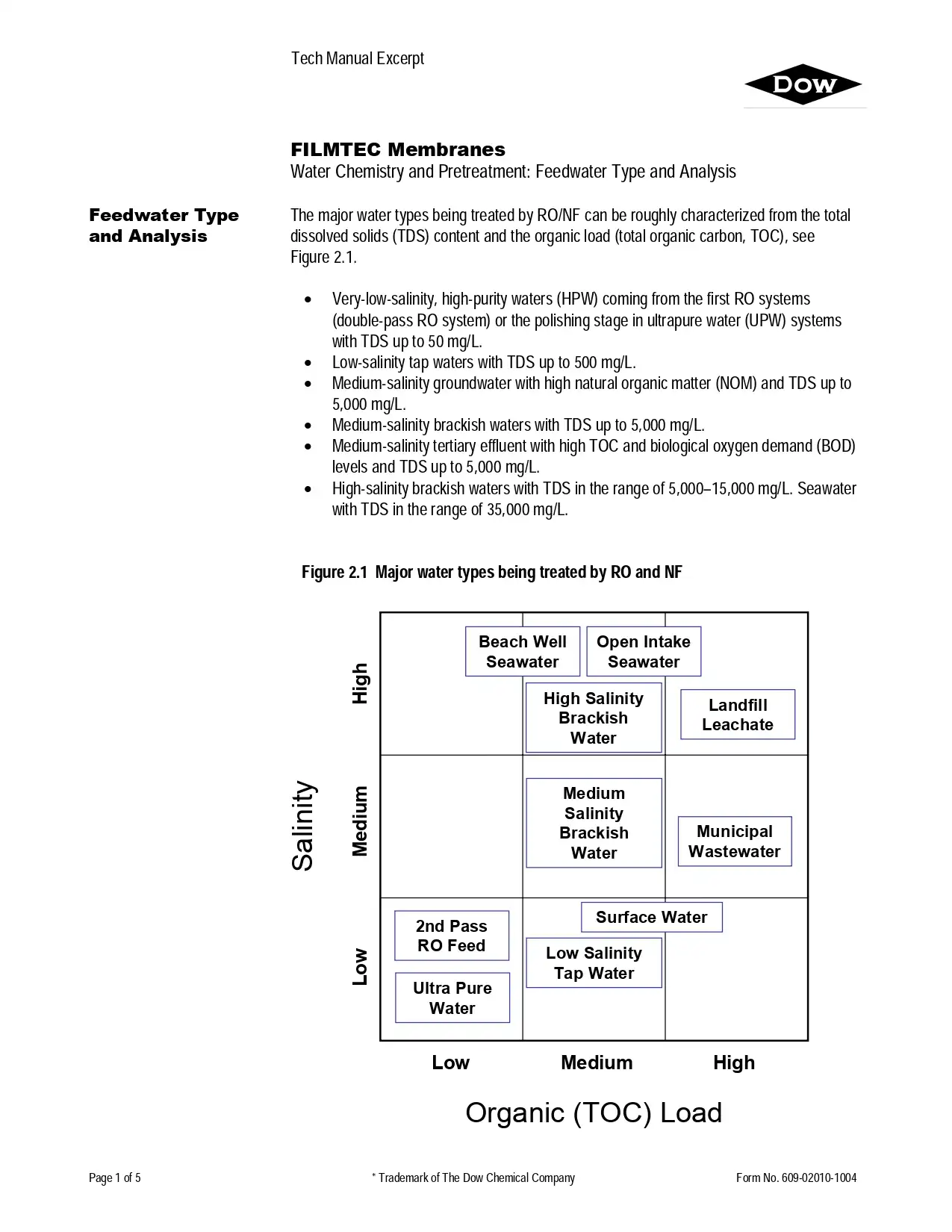
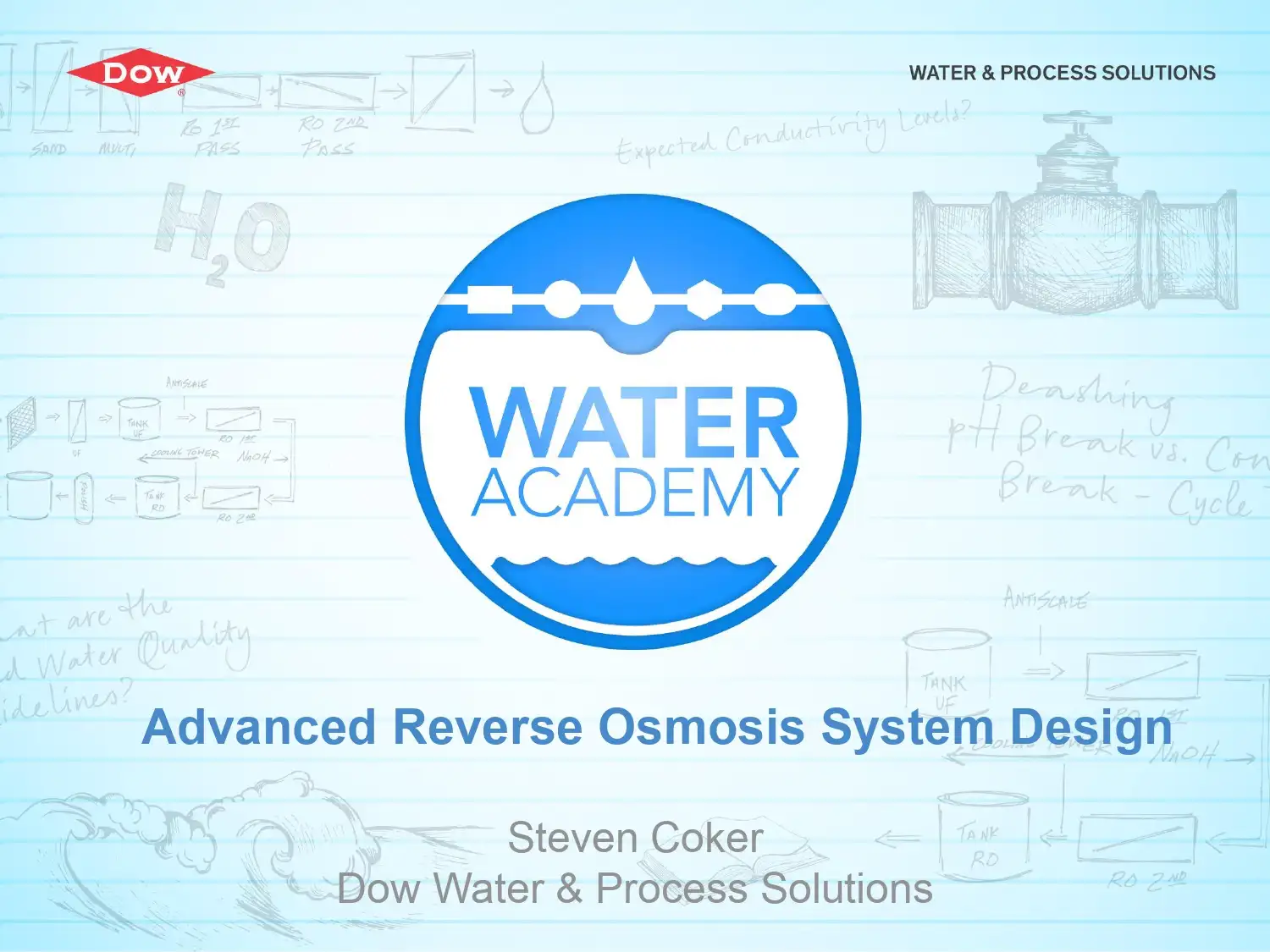

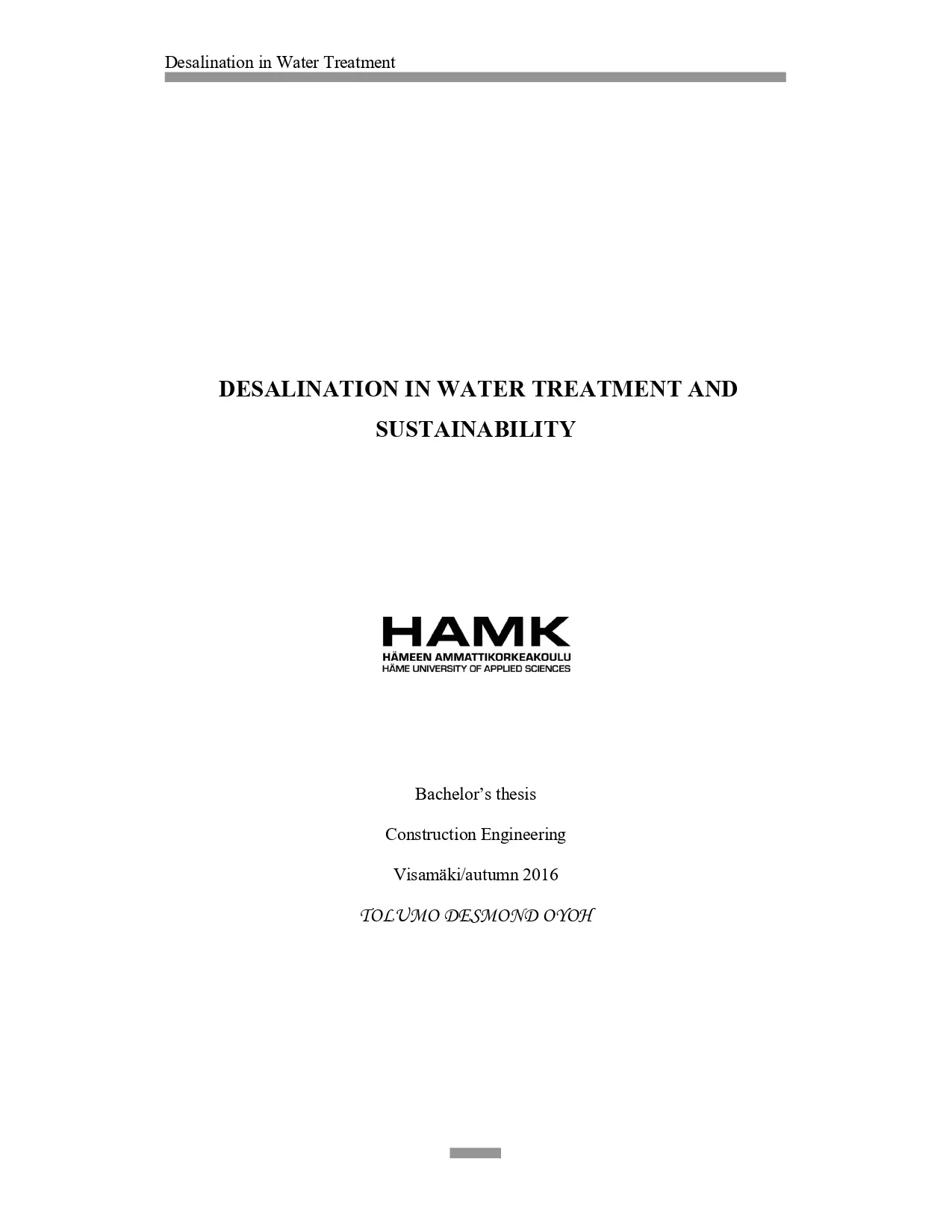

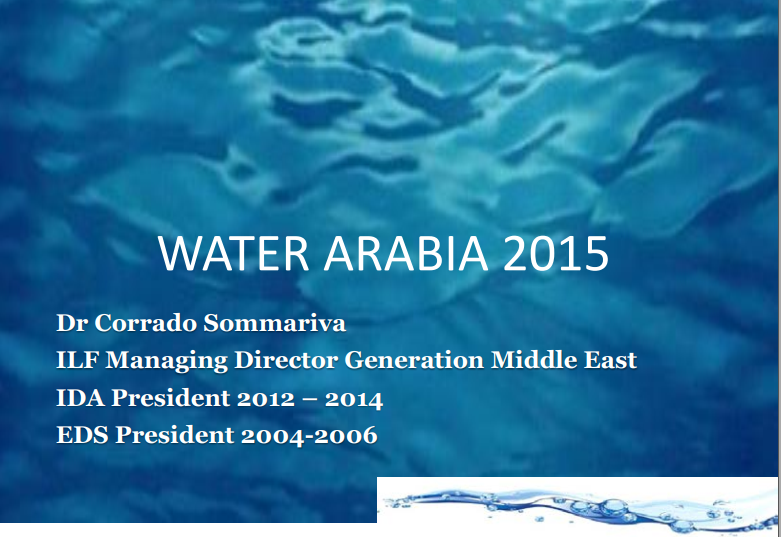

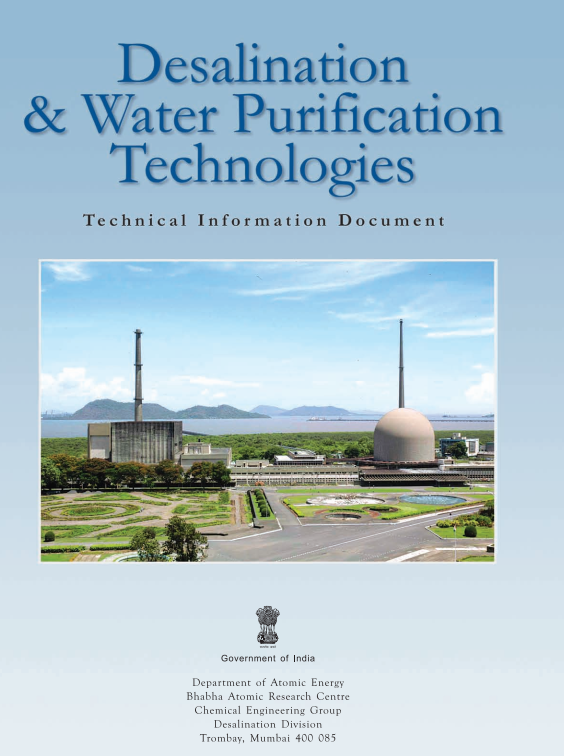
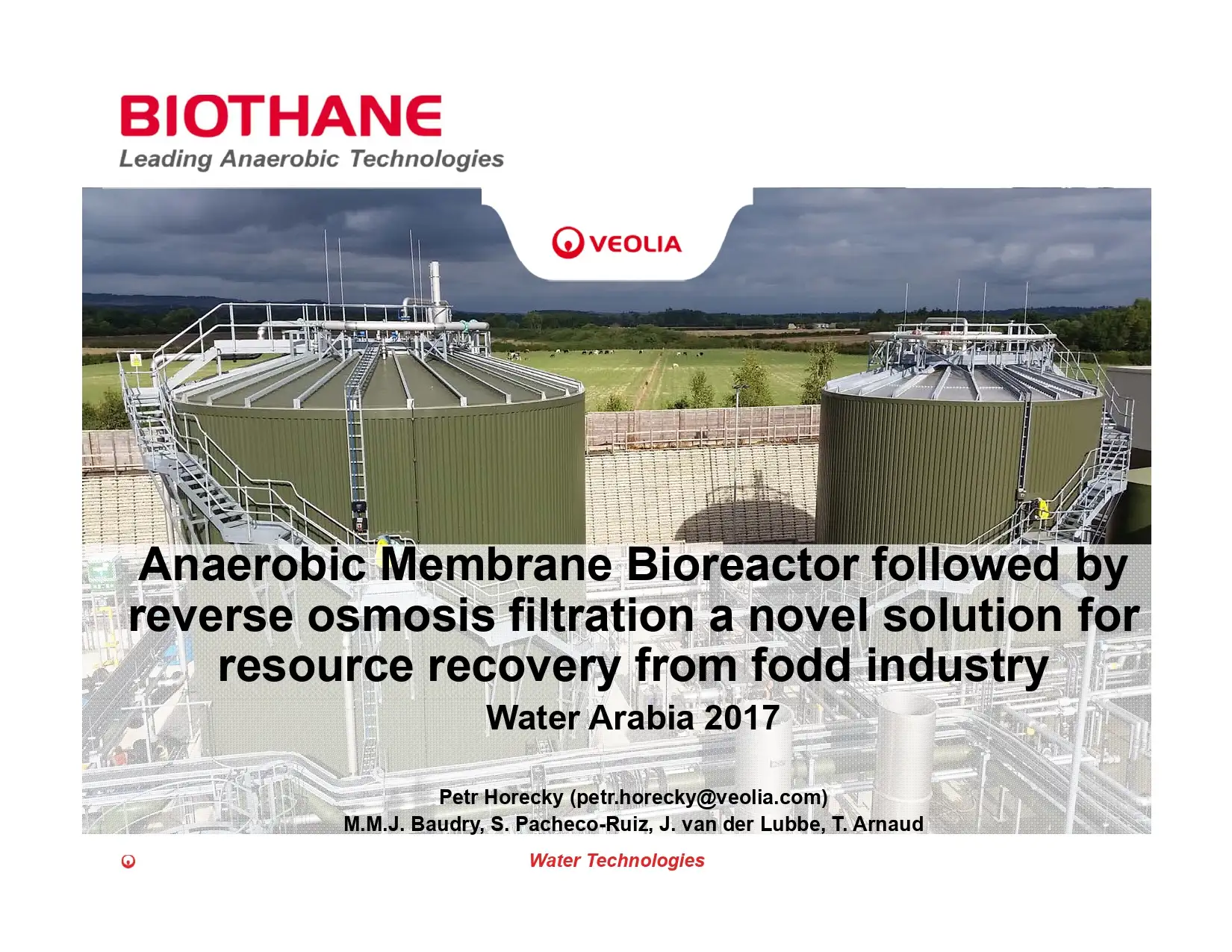

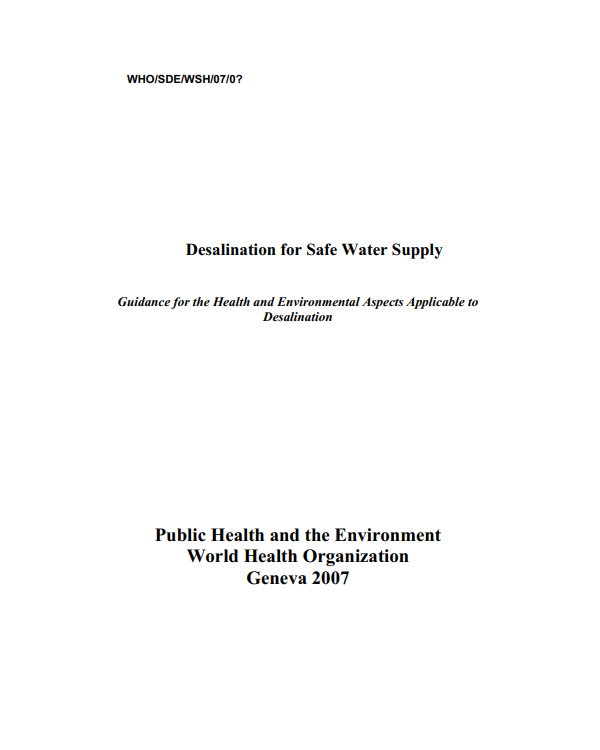
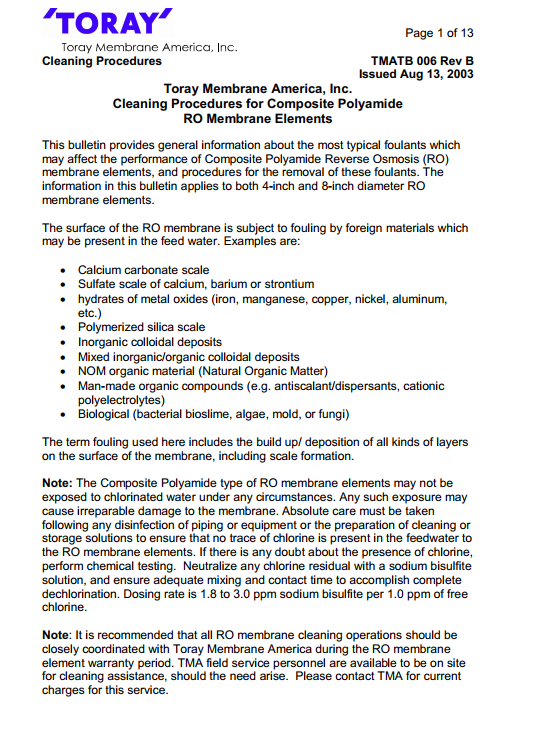

Reviews
There are no reviews yet.